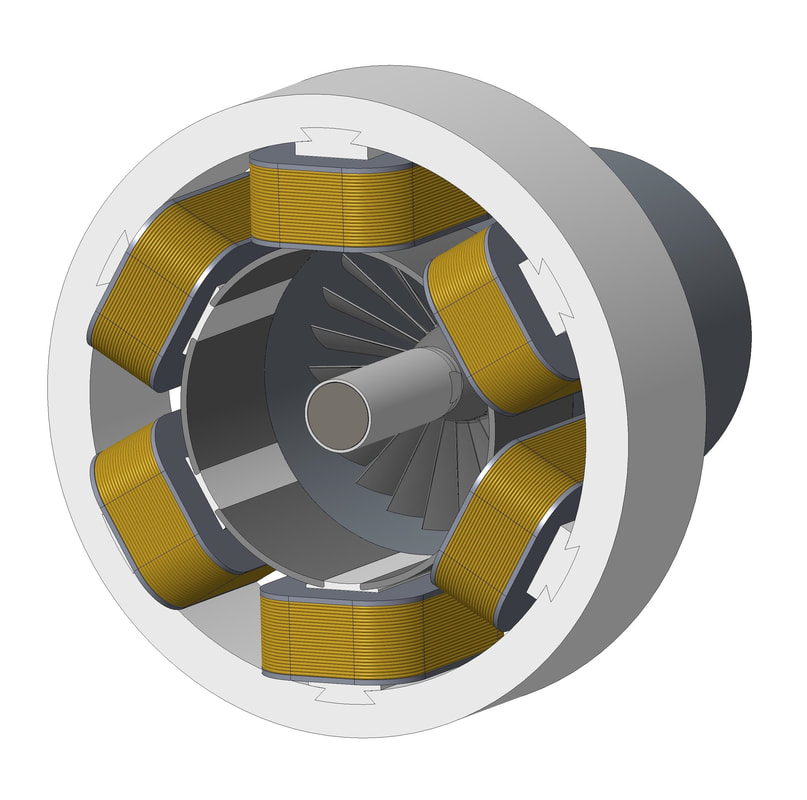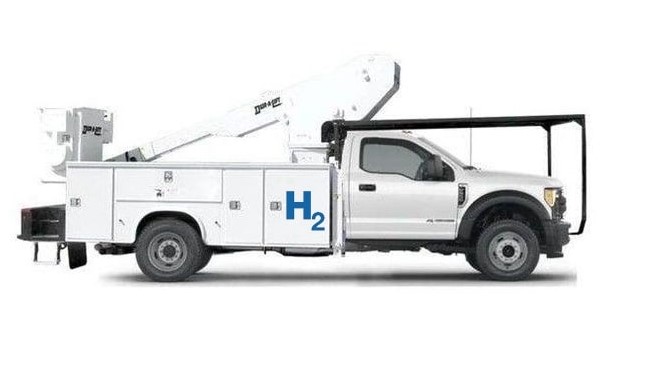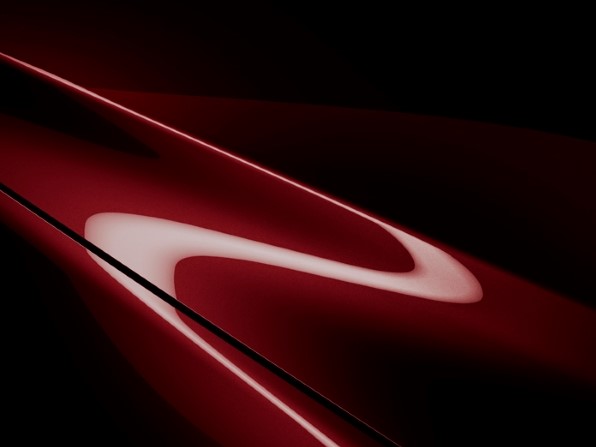Conventional electric motors have the smallest possible gap between magnet and coils (magnet and rotor). Instead, the MGM offers a large gap to transport the medium directly through the motor and thus is able to cool it at the same time from inside. This design principle bestows the MGM an exceptionally high efficiency at high speeds and will hereby optimize the efficiency of the fuel cell and significantly extend its life-time.
Up to now, simple jet pumps that drive a circulation system have usually been used for this purpose. However, these only work efficiently in the nominal range, i.e. usually only under full load. In start-stop applications, therefore, more hydrogen is consumed than would be necessary to generate electricity. In contrast, the recirculation fan based on the MGM can always be switched on if the jet pump does not provide sufficient power or the fuel cell has to be blown free. This solution offers several decisive advantages:
- the hydrogen in the recirculation blower based on the media gap is hermetically encapsulated and does not require any dynamic seals. This is not only a significant gain in terms of safety, but also the reduction manufacturing costs.
- the hydrogen cools the motor from the inside and can increase the efficiency of the recirculation blower because magnetic and iron losses are greatly minimized.
- the recirculation circuit can be controlled precisely and in accordance with the power requirement, which reduces the hydrogen consumption of the fuel cell.
- nitrogen and moisture can be reliably extracted. The life-time of the fuel cell is thus increased.
- conventional pump solutions have disadvantages due to their design, which can only be avoided by additional investment and costly work-arounds in the anode circuit.
Even though this project focuses on the recirculation blower, the MGM can also act as a highly efficient electrical compressor at the other side of the fuel cell to blow air into the cathode and water out.






